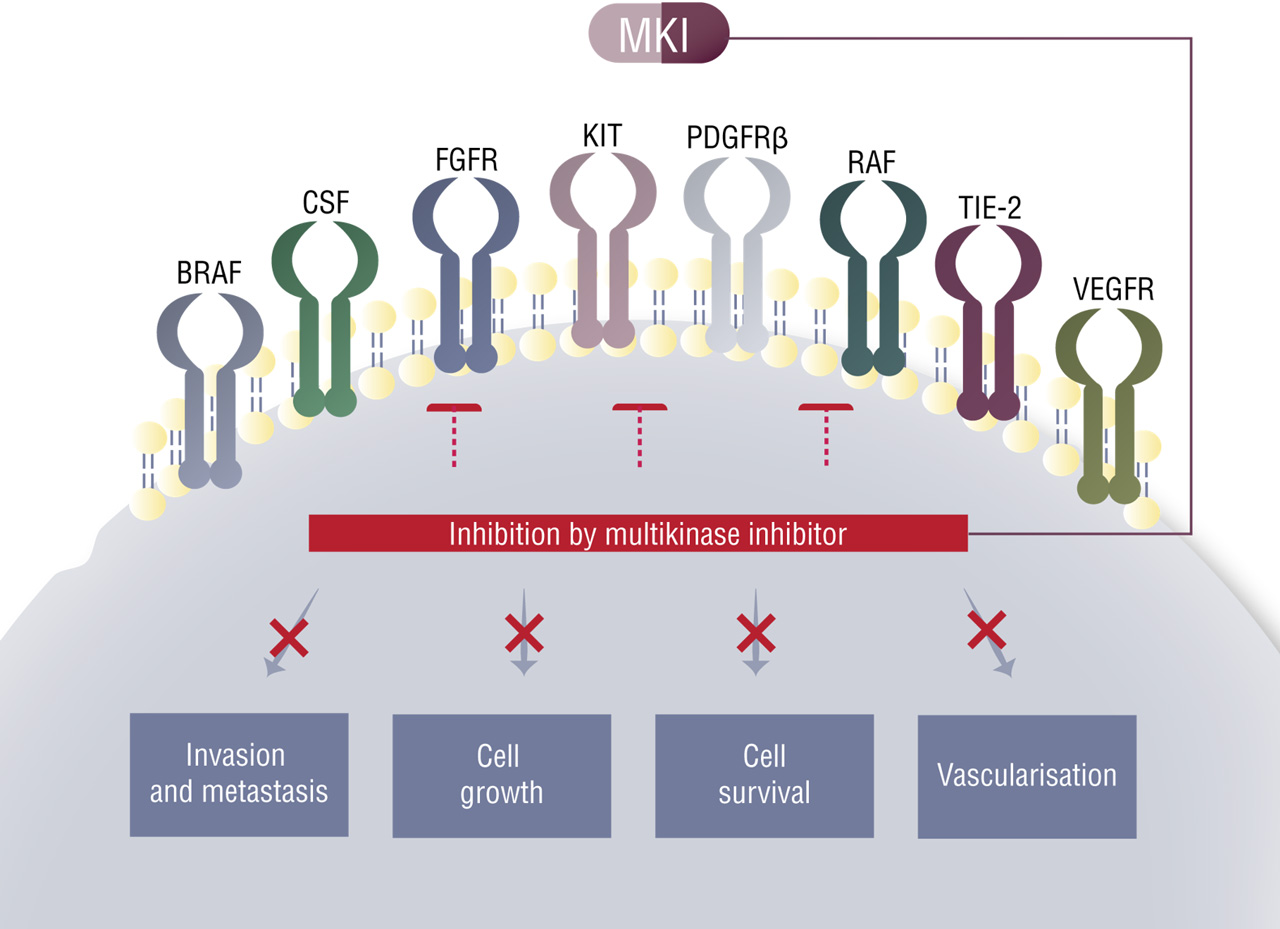How herbicides control weeds: mode of action explained. the fundamental effect herbicides have on plant biochemistry is called the mode of action. after spraying, weeds are controlled by a cascade of biochemical events that generate various symptoms of abnormal growth and development. the primary mode of action results in many secondary effects. A mode of action (moa) describes a functional or anatomical change, resulting from the exposure of a living organism to a substance. some sources consider the mode of action to be only at the cellular level. [citation needed] in comparison, a mechanism of action (moa) describes such changes at.

Mechanism Of Action
Aug 21, 2017 · mode of action of a biomolecule entering the body refers to the mode in which the action is brought about and is characterized by the changes that take place in terms of physiological aspects. mechanism of action refers to the process by which a substance undergoes bio mode of action chemical changes within the host in order to bring about the specific action of the administered substance. Weeds: mode of action. upon proper identification of the weed species in the field, selection of the correct herbicide is important. A mode of action (moa) describes a functional or anatomical change, resulting from the exposure of a living organism to a substance.

Aug 21, 2017 mechanism of action refers to the process by which a substance undergoes bio chemical changes within the host in order to bring about the . See more videos for mode of action. Jun mode of action 29, 2020 · the term "mode of action," on the other hand, is sometimes used to describe the more general response or effect of the drug, such as what a person feels when they take the medication. mechanism of action and mode of action are sometimes used interchangeably, though the latter can be used in more general terms. New modes of action have become very hard to find using conventional approaches. over-reliance on just a few modes of action has caused weeds to become resistant. the classic examples are the sulfonylureas and glyphosate, which inhibit enzymes making various amino acids, the building blocks of proteins.
Distinguishing between mode and mechanism of action.
Mode of action of a biomolecule entering the body refers to the mode in which the action is brought about and is characterized by the changes that take place in terms of physiological aspects. mechanism of action refers to the process by which a substance undergoes bio chemical changes within the host in order to bring about the specific action of the administered substance. The irac mode of action (moa) classification provides growers, advisors, extension staff, consultants and crop protection professionals with a guide to the . Nov 29, 2017 a criterion frequently used to group chemicals in risk assessment is “mode of toxic action” (moa). routinely, structure-based approaches are . The mode of action is the way in which the herbicide controls susceptible plants. it usually describes the biological process or enzyme in the plant that the herbicide interrupts, affecting normal plant growth and development.
What Does Mode Of Action Mean Definitions
Mechanism of action metformin is an antihyperglycemic agent, which improves glucose tolerance in patients with type 2 diabetes, lowering both basal and postprandial plasma glucose. its pharmacologic mechanisms of action are different from other classes of oral antihyperglycemic agents. metformin decreases hepatic. A mode of action (moa) describes a functional or anatomical change, resulting from the exposure of a living organism to a substance. some sources consider the mode of action to be only at the cellular level. [citation needed] in comparison, a mechanism of action (moa) describes such changes at the molecular level. (medicine, biochemistry) the mechanism{2} by which a pharmacologically active substance produces an effect on a living organism or in a biochemical system; as, . Mechanism of action metformin is an antihyperglycemic agent, which improves glucose tolerance in patients with type 2 diabetes, lowering both basal and postprandial plasma glucose. its pharmacologic mechanisms of action are different from other classes of oral antihyperglycemic agents. metformin decreases hepatic.
A mode of action describes a functional or anatomical change, at the cellular level, resulting from the exposure of a living organism to a substance. in comparison, a mechanism of action describes such changes at the molecular level. Mode of action (identification of key & obligatory steps) is not mechanism of action (more detailed understanding at biochemical & molecular level), is also not adverse outcome pathway. • mode of action is sufficient for risk assessment purposes. • defining sufficiency for mode of action is a judgment.
Jun 29, 2020 · the term "mode of action," on the other hand, is sometimes used to describe the more general response or effect of the drug, such as what a person feels when they take the medication. mechanism of action and mode of action are sometimes used interchangeably, though the latter can be used in more general terms. Mechanism of action differences are not meant to imply clinical efficacy. as an essential mediator of osteoclast activity, increased rank ligand may lead to increased bone loss 1,8. prolia ® targets and binds rank ligand, inhibiting osteoclast formation, function, and survival 1. close. The mode of action of herbicides is important for understanding the management, classification, organization, and hierarchy of the herbicides. Understanding the mode of action is also important in managing chemical mode of action resistance in pest populations. chemical groups: translaminar, systemic and contact. the .
What does mode of action mean? definitions.
The mode of action is the way in which the herbicide controls susceptible plants. mode of action it usually describes the biological process or enzyme in the plant that the herbicide interrupts, affecting. Mode of action of the antibiotics*. wayne w. umbreit,. ph. d. rahway, new jersey. n antibiotic, although originally defined.
0 Response to "Mode Of Action"
Post a Comment